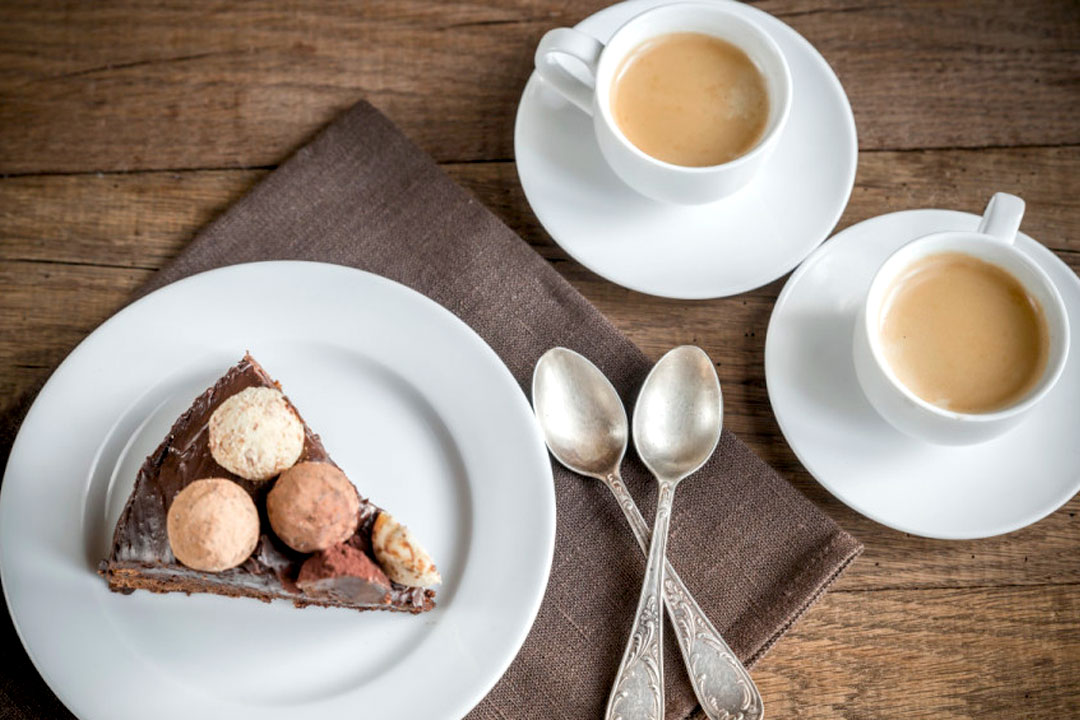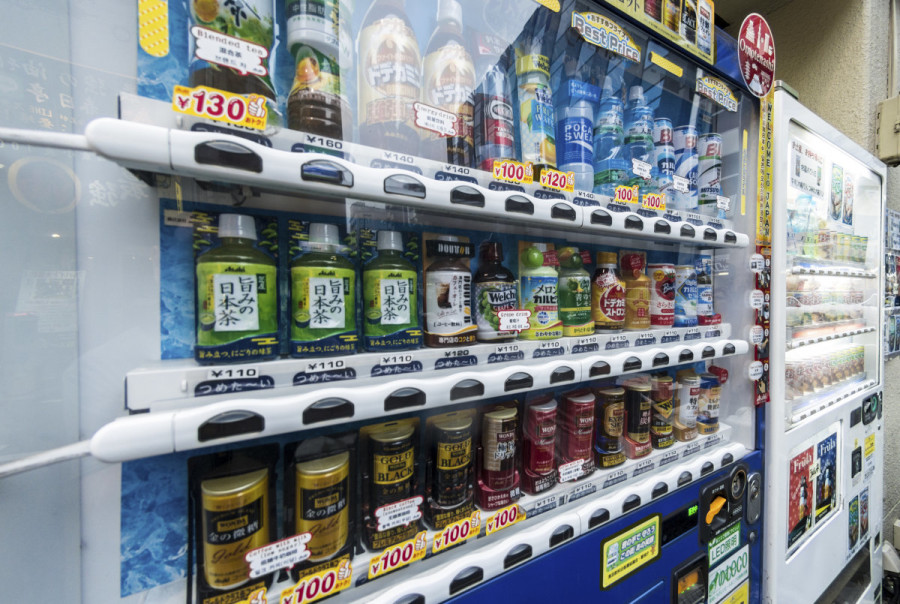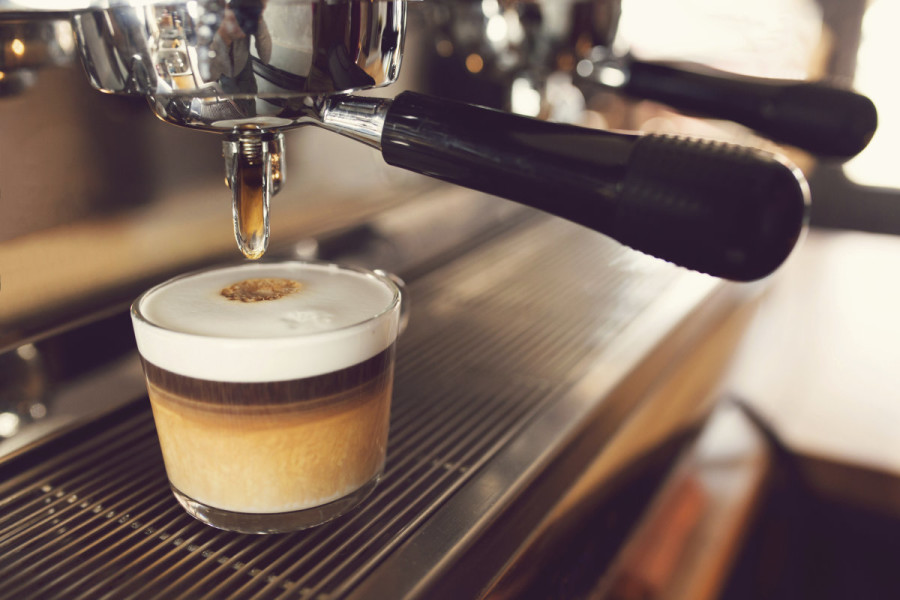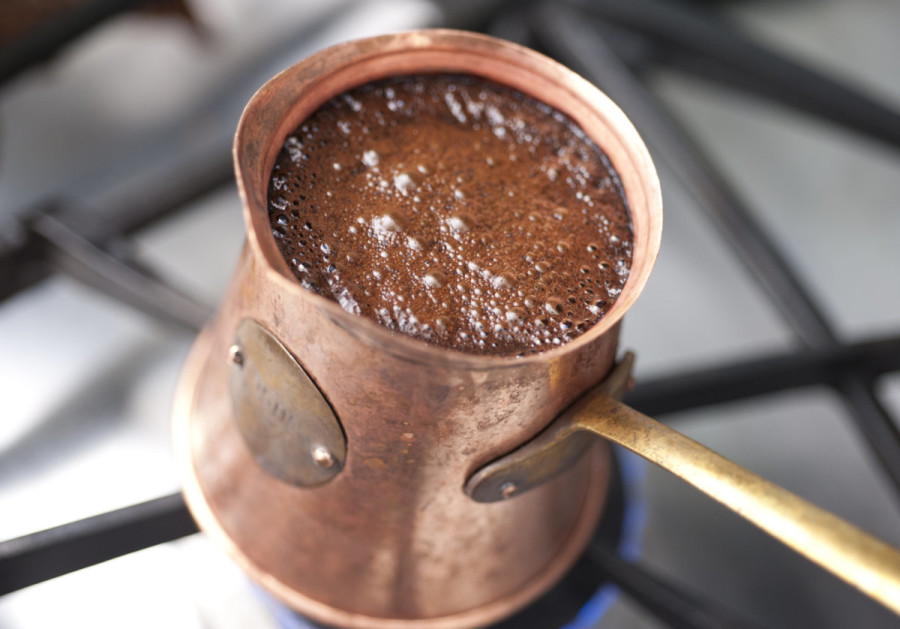Picture this: you’re on the road, and your daily routine is all out of whack. You’re suffering from jet-lag, you’ve been eating strange foods and yet you keep it together because you’re on the trip of a lifetime. But let’s just admit it to ourselves, these amazing trips would be even more amazing if we knew how to get the coffee we crave abroad. Well good news travellers! This handy guide will have you ordering the best caffeinated drinks you could ask for…no matter where you are.
France

If you’re intent on ordering filter coffee, you might have a hard time in l’hexagone. Baristas in France probably won’t be able to accommodate your order, and they might actually scoff at your inability to recognize filter coffee as an insult to sanctity of the coffee world. Instead, ask for an espresso, which will be a lot smaller and more concentrated than your average coffee at home. If you can’t handle the intensity of an espresso, try an “americano” (an espresso with extra water), a “café crème” (an espresso with steamed milk) or a “café noisette” (an espresso with a dash of milk or cream).
How to say it in French: Je voudrais un café s’il-vous-plaît? (Juh voo-dray un calf-eh seal-voo-play)
Germany

Unlike their southwestern neighbours, German baristas will recognize and welcome your request for filter coffee. A “kaffee latte” or a “milch kaffee” is a standard coffee with milk, served in a mug. A “latte macchiato” is espresso with foamed milk, usually served in a tall glass. Of course you can also order an espresso in Germany, but here larger cups are more common than in France.
How to say it in German: Ein Kaffee bitte. (pronounced: Eye-nn coffee bitter)
Austria

You can usually follow the ordering procedures of Germany in Austria, but Austrian café culture is older and more serious than in Germany. Coffees of all kinds are served on silver trays, and you almost always get a small glass of water with your order (which is great for those of us who hate that bitter aftertaste). If you’re seeking something similar to American-style cups of coffee ask for the kleiner brauner (small) or großer brauner (large), which is black coffee with a bit of milk. Should you be feeling adventurous you can order the kaisermelange (The Emperor’s Melane) which is a strong black coffee with an egg yolk and honey, often served with a shot of cognac. Austrians speak German so you can use the above phrasing to place your order.
How to say it in Austrian: Ein großer Brauner bitte
Japan

While Japan is historically a tea-drinking country, coffee culture has been embraced in recent years. Get your miming skills ready and place an order by pointing to pictures on menus, as some baristas may not have full understanding of the English language. Use this helpful pronunciation guide from Bite Size Japanese to start the conversation off. Decaffeinated coffee may be difficult to find in Japan, but you can find instant coffee all over the place, in case you want some for the road.
How to say it in Japanese: Kohi kudsai (pronounced: co-he coo-dah-sigh)
Italy

Italian coffee culture mimics the situation in France a bit, as espressos are very commonly ordered throughout the day. However, some seasoned travellers warn against ordering drinks with milk after breakfast-time, as it is seen by locals as somewhat of a faux pas. If it’s breakfast-time (or if you don’t care about being laughed at by locals) and you want a lot of milk with your coffee, order a “macchiato,” which is often served in a tall glass. A “cappuccino” is an espresso with milk and foam, and is usually served in a cup.
How to say it in Italian: Vorrei un caffe (pronounced: vu-ray oo-nn kaa-fey)
Turkey (and the Middle East)

Turkish coffee refers to the way coffee is commonly prepared in Turkey and it is also the default coffee drink in Greece, Russia, the Middle East and most of Northern Africa (with the name changing to reflect the country/region). The brewing involves adding super-finely ground coffee beans to water in a large copper boiling pot. As the coffee brews, the grinds settle to the bottom, creating an extremely strong cup of java, meant to be sipped slowly rather than gulped down. Pay attention as you get towards the bottom of your cup, as a swig of coffee grinds can be a nasty surprise.
How to say it in Turkish: Kahve
Here are the words to use in the various countries where Turkish coffee is common:
Greece: Greek coffee (ελληνικός καφές )/How to say it in Greek: Έναν καφέ, παρακαλώ (ena kafe elliniko parakalo sketo[unsweetened]/metrio[one sugar]/gliko [sweet, 2 sugars])
Arab world: Arabic coffee, qahwa ‘arabiyya (قهوة عربية)/ How to say it in Abrabic: Awha sada
How to say it in Russian: kofe (кофе)/How to say it in Russian: Ya hachu kafe
The Final Word…

If you’re headed to a destination not listed above, or if you draw a blank when the barista asks you for your order, you can usually rely on the international symbol for coffee: left hand flat in front of your chin as if it’s a saucer, and pinch your right thumb with your right forefinger to mimic holding the handle of a small cup while hovering over your imaginary saucer In some places you might end up with a cup of tea, but as long as it has caffeine in it, you should be good to go.
If you have tips for how to order coffee that we haven’t mentioned, please leave a comment below!


